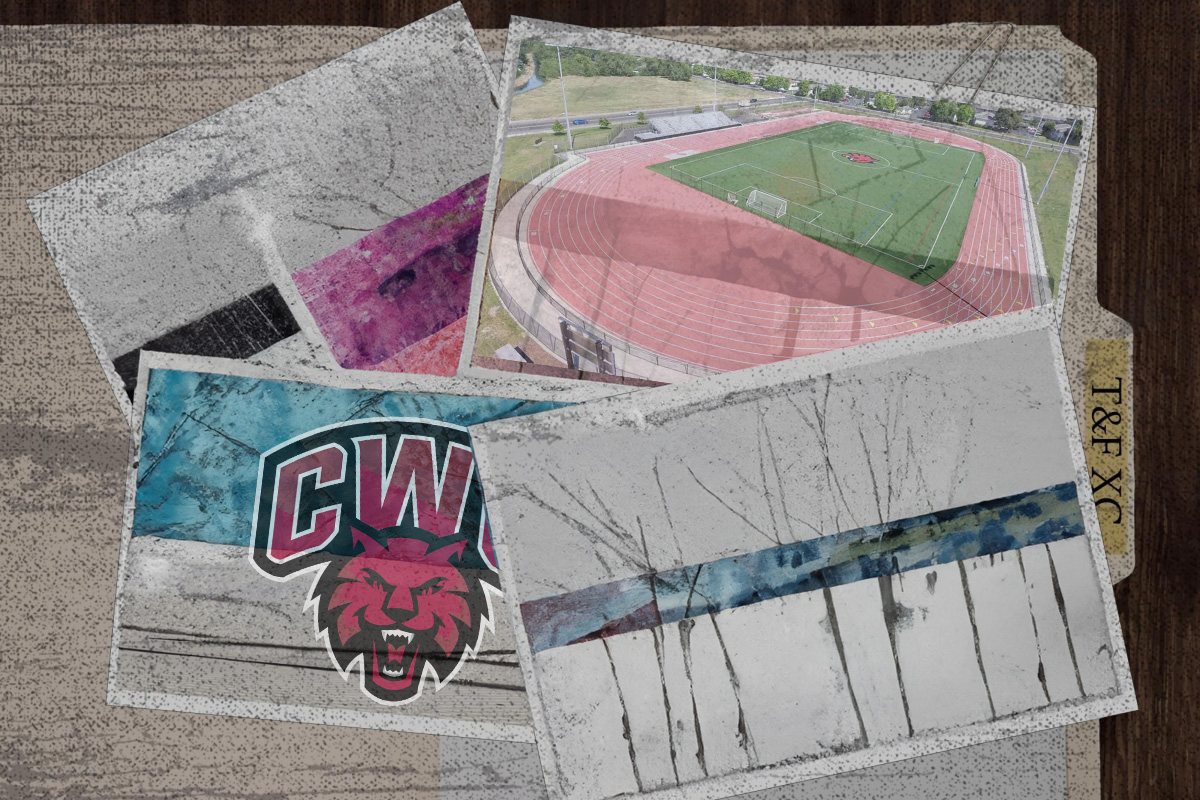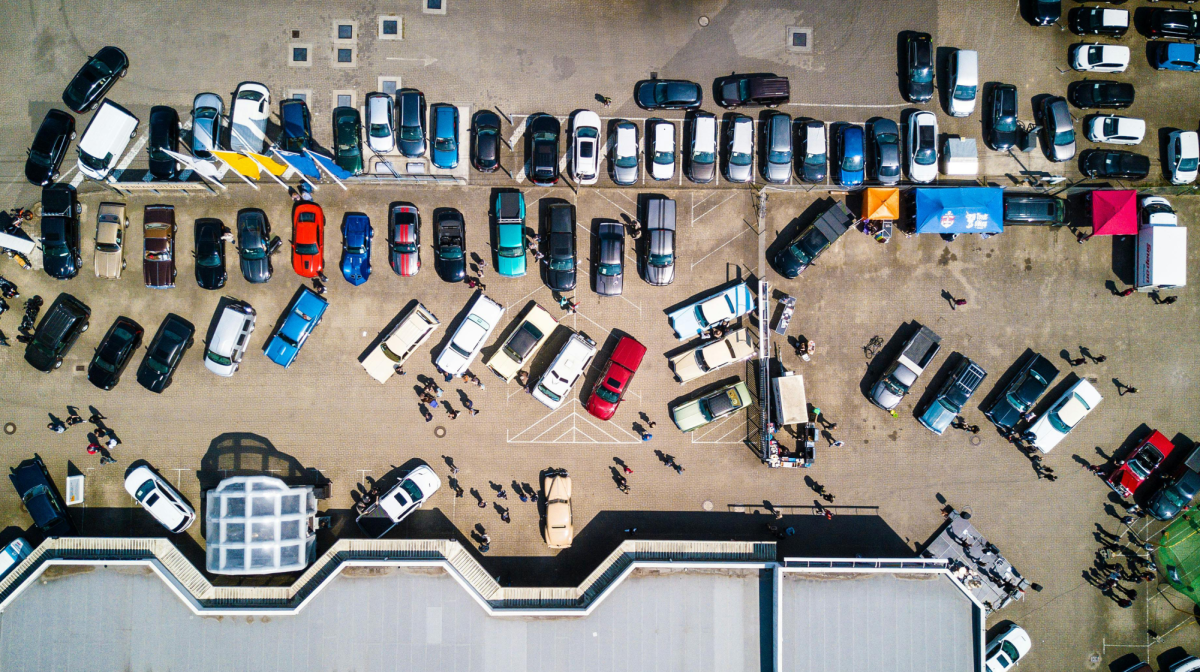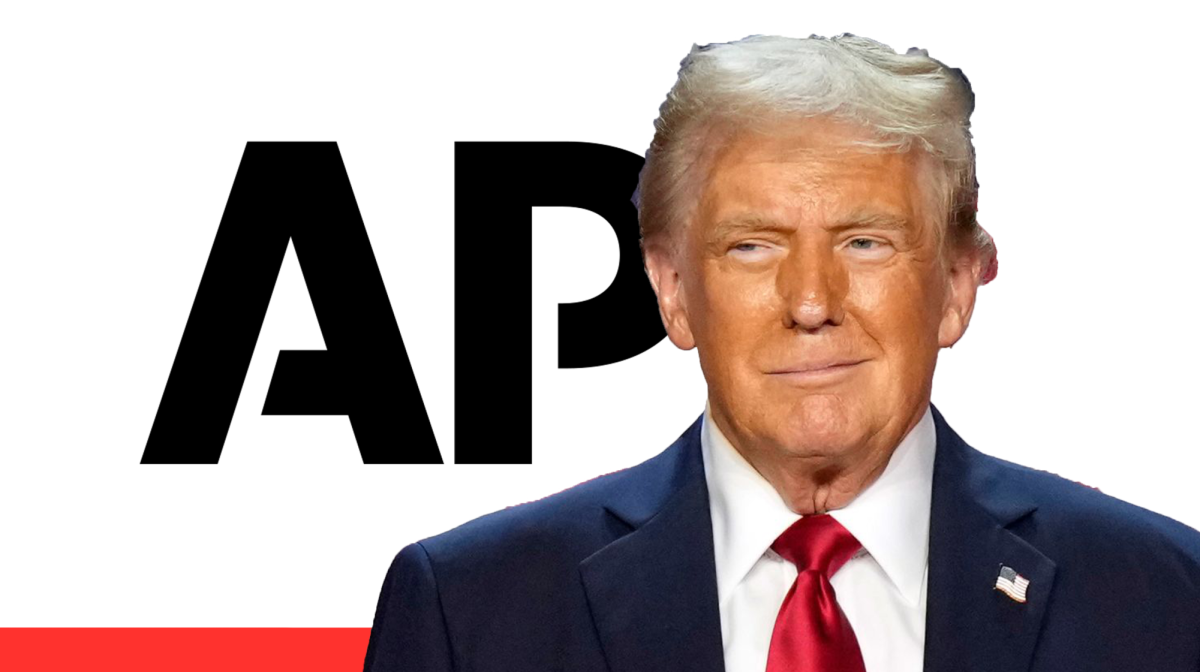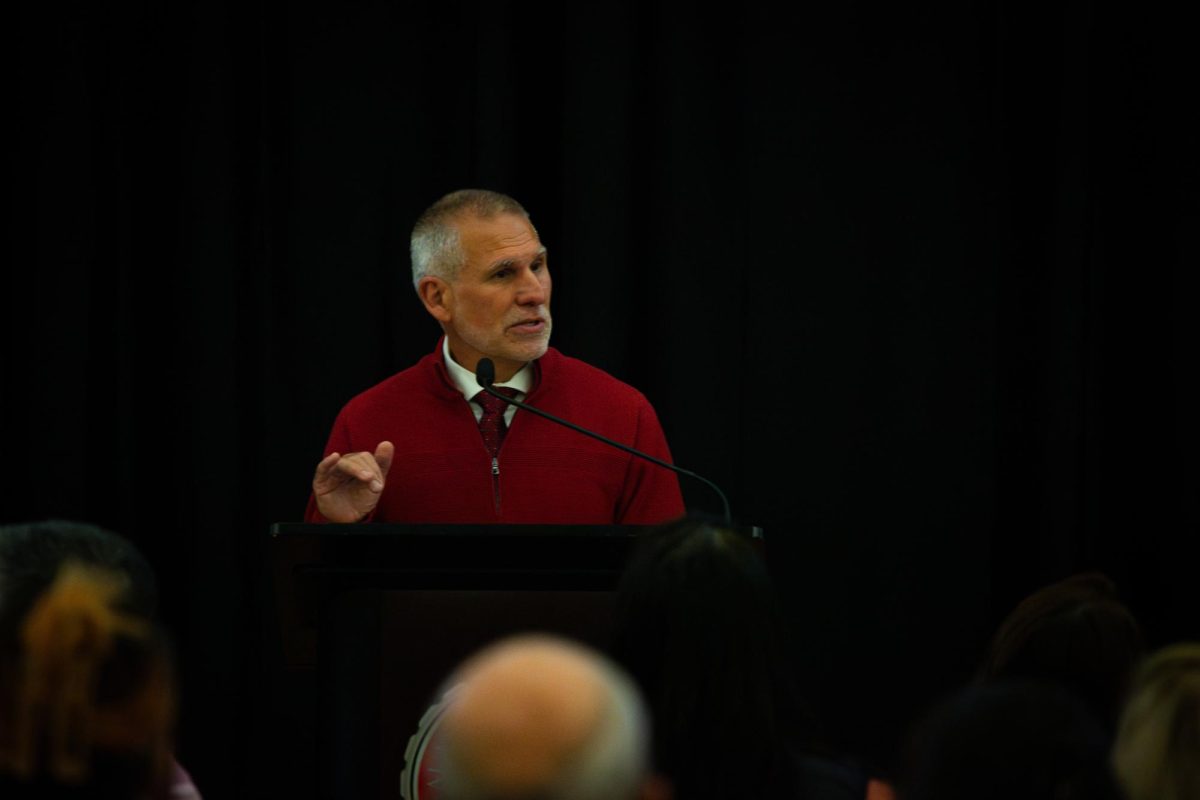CWU has advertised itself as the most diverse campus in Washington, yet we don’t have a Multi-Cultural Center (MCC) like all other public universities in Washington. After years of active mobilization from students, students at CWU were finally promised their own MCC. As plans for the building seemed to grow into fruition, students were abruptly told that the MCC stand-alone building they were promised would not be happening because of financial constraints.
Students were then given several options to compensate for the MCC they were promised. The only two viable options presented were the extension of Black Hall — which is currently where the Equity and Service Council (ESC) holds their meetings and where the Diversity and Equity Center (DEC) is located — and the renovation of the back of the Old Heat Building, which is located across the street from campus.
Yaritza Granados de Oca, a fourth-year student here at CWU and the Director of Multicultural Affairs, has been one of the leading voices in the conversation surrounding the MCC. Having lobbied for the money that was supposed to be used for a stand-alone building, Granados has a strong and unwavering position on this issue.
Granados shared that when she met with the Board of Trustees (BOT), the board in charge of funding for the MCC building, they mentioned that the DEC should be enough for Black, Indigenous and people of color (BIPOC) students and there was no reason to build an MCC building. This is why Granados believes students shouldn’t settle on one of the two options presented (the extension of Black Hall or the back of the Old Heat building).
“If we expand on the DEC (or the extension of Black Hall),… why would they feel justified to give us our MCC now after that?” Granados said.
Even though students were given these options, Granados and other students are quite upset with how this situation went down and said they feel as if it was a “slap in the face” to all the hard work they had put into fighting for this building.
The fight for this building began in 2017. At first, the MCC was just going to be an extension of the Student Union and Recreation Center (SURC). From there, it developed into talks about a stand-alone building and the necessity for one given the number of BIPOC students on campus.
It was these events that led to a demonstration in June 2022 at CWU, where students mobilized for a stand-alone MCC building. In January 2023, students lobbied for the allocation of $6 million for the demolition of the International Building to then build a stand-alone MCC building in place of it.
“It’s frustrating… I’ve only been a part of this for three years now,” Granados said. “I think it’s really important for students to know how long [the MCC has] been fought for and how much it has taken for students to fight for this. For us to find out that the stand-alone building was no longer an option last quarter, which we weren’t even told, we just kind of found out through the options. That was really disheartening.”
CWU currently has nine organizations, a part of the ESC, and the DEC is the only space that is designated for them. As CWU has advertised that it’s the most diverse university in Washington State, this space has become increasingly difficult to share.
“I was an officer for the ESC for two years… I know the struggles of having to borrow spaces and having to work alongside people’s schedules, and having to know that you don’t have a place on campus for you,” Granados added. “[The MCC] would serve as a place for ESC organizations… [it] would be a place for any BIPOC student who wants to use it as a resource. [It’s for] anyone whose needs aren’t being met on campus already as a BIPOC student.”
Granados herself is a Hispanic student on campus, and because of the lack of a MCC building on campus, she feels as if her needs aren’t being met. This leaves people wondering how CWU’s diverse population is treated here on campus.
“Central loves to use those images they take of us [BIPOC students] with the president… and use that for promotion, and really use that as statistics to lure students in and say, ‘Look, we’re so diverse,’” Granados said. “They love tokenizing that in a way… but when you get here, you don’t feel the support that they first offer you when you first apply, and it really just shows that they use us [BIPOC students] for statistics and for grants.”
As the fight for the stand-alone MCC building continues to grow, students at CWU can expect this discussion to be at the forefront of many public meetings where they can share their stance on this issue.














